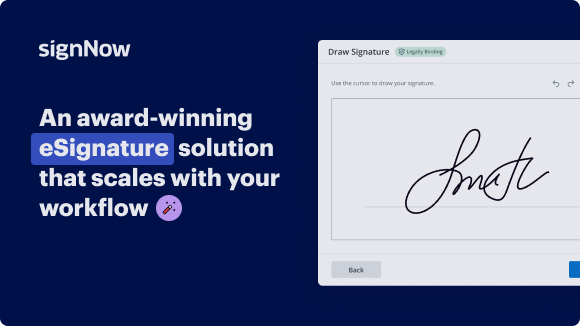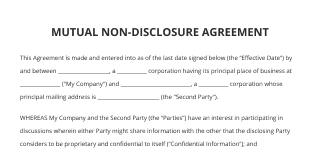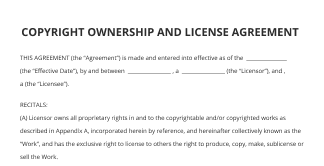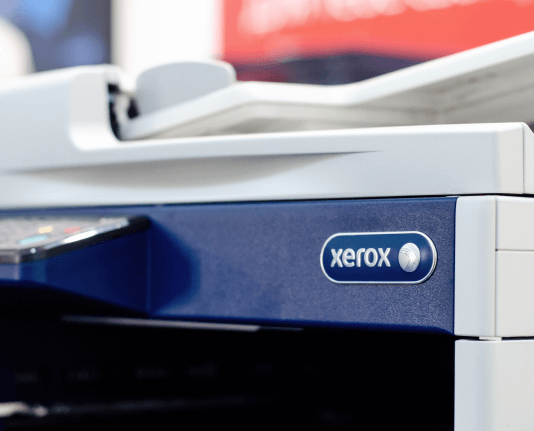Invoice Due Upon Receipt Example for Seamless Transactions
Move your business forward with the airSlate SignNow eSignature solution
Add your legally binding signature
Integrate via API
Send conditional documents
Share documents via an invite link
Save time with reusable templates
Improve team collaboration
See airSlate SignNow eSignatures in action
Understanding Invoice Due Upon Receipt
An invoice due upon receipt is a straightforward payment term indicating that the recipient must pay the invoice as soon as they receive it. This term is commonly used in various industries, especially for services rendered or goods delivered without prior payment. It ensures prompt payment and helps maintain cash flow for businesses.
When preparing an invoice due upon receipt, it is essential to clearly state this term on the invoice itself. This clarity helps avoid any confusion regarding payment expectations. Including this term can also encourage quicker payment from clients, as they understand the urgency associated with the invoice.
Creating an Invoice Due Upon Receipt
To create an effective invoice due upon receipt, follow these steps:
- Begin with your business name, address, and contact information at the top of the invoice.
- Include the recipient's name and address to personalize the document.
- Assign an invoice number for tracking purposes.
- List the products or services provided, including quantities and prices.
- Clearly state "Due Upon Receipt" in the payment terms section.
- Add any necessary tax information and the total amount due.
- Include your payment methods to facilitate easy transactions.
This structured approach ensures that all critical information is included, making it easy for clients to understand their obligations.
Examples of Invoice Due Upon Receipt
Here are a few practical examples of how to phrase an invoice due upon receipt:
- Service Invoice: "Payment is due upon receipt of this invoice for consulting services rendered on [date]."
- Product Invoice: "This invoice reflects the purchase of [product name]. Payment is due upon receipt."
- Freelance Invoice: "As per our agreement, payment for the project completed on [date] is due upon receipt of this invoice."
Using clear language in your examples helps reinforce the expectation of immediate payment.
Benefits of Using Invoice Due Upon Receipt
Implementing invoice due upon receipt can provide several advantages for businesses:
- Improved Cash Flow: Prompt payment helps maintain a steady cash flow, essential for operational stability.
- Reduced Payment Delays: Clients are more likely to prioritize invoices that require immediate payment.
- Clear Expectations: This term sets a clear expectation for clients, minimizing misunderstandings regarding payment timelines.
These benefits contribute to a more efficient billing process and foster positive client relationships.
Best Practices for Sending Invoices Due Upon Receipt
To ensure your invoices are effective, consider these best practices:
- Use professional templates that reflect your brand identity.
- Send invoices promptly after services are rendered or products are delivered.
- Follow up with clients shortly after sending the invoice to confirm receipt.
- Utilize digital document solutions like airSlate SignNow to streamline the invoicing process and ensure secure eSigning.
These practices can enhance the likelihood of timely payments and improve overall efficiency in your invoicing process.
airSlate SignNow solutions for better efficiency
Our user reviews speak for themselves






Why choose airSlate SignNow
-
Free 7-day trial. Choose the plan you need and try it risk-free.
-
Honest pricing for full-featured plans. airSlate SignNow offers subscription plans with no overages or hidden fees at renewal.
-
Enterprise-grade security. airSlate SignNow helps you comply with global security standards.

Invoice Payment Upon Receipt Example
Efficiently creating and managing documents is vital for any organization. With airSlate SignNow, you can enhance your document signing workflow, simplifying the handling of invoices and agreements. This tutorial will guide you through the steps to utilize airSlate SignNow effectively, ensuring you can send and receive documents effortlessly.
Invoice Payment Upon Receipt Example
- Launch your web browser and go to the airSlate SignNow homepage.
- Register for a free trial account or sign in to your existing account.
- Choose the document you want to sign or send for signatures and upload it.
- If you intend to reuse this document, save it as a template for future purposes.
- Access your uploaded document to make necessary adjustments, such as adding fillable fields or inserting specific details.
- Sign the document and assign signature fields for your recipients.
- Click 'Continue' to set up and send an eSignature request.
airSlate SignNow provides a powerful solution that enables businesses to manage their document signing processes effectively. With its intuitive interface and scalable features, it is tailored specifically for small to medium-sized enterprises. The clear pricing structure guarantees no hidden costs, and the 24/7 support offers help whenever required.
Begin optimizing your document workflow today with airSlate SignNow. Experience the advantages firsthand and discover how it can revolutionize your business operations!
How it works
airSlate SignNow features that users love
Get legally-binding signatures now!
FAQs
-
How long do you have to pay a due on a receipt invoice?
Upon Receipt: When an invoice is due upon receipt, it means payment is due as soon as the customer receives the invoice. When customers agree to this term, it can boost your cash flow and give you a head start on collecting the payment because you don't have to wait 30 days. -
Can an invoice be due on a receipt?
An invoice marked “due upon receipt” means that payment must be made as soon as an invoice is received—usually by the next business day at the latest. -
What does it mean if a bill is due upon receipt?
What is payment due upon receipt? A payment due upon receipt is a payment that customers must make immediately upon receiving an invoice for a transaction. Typically, businesses use payment due upon receipt to signify that a payment is due by the following business day. -
How many days are due upon receipt?
A payment due upon receipt is a payment that customers must make immediately upon receiving an invoice for a transaction. Typically, businesses use payment due upon receipt to signify that a payment is due by the following business day. -
Can an invoice be due upon receipt?
An invoice marked “due upon receipt” means that payment must be made as soon as an invoice is received—usually by the next business day at the latest. Instead of asking customers to pay within a set period, like 30 days, putting “due upon receipt” tells them you expect payment as soon as possible.
What active users are saying — invoice due upon receipt example
Related searches to Invoice due upon receipt example for seamless transactions
Find out other invoice due upon receipt example
- Mastering PDF digital signing instructions made easy
- Enhance your workflow with Excel document e-signature
- Experience the power of electronic signature for PDF ...
- Streamline your process with electronic signature ...
- Discover the best Windows PDF signing tools for your ...
- Effortlessly add signature to PDF in Google Docs
- Effortless PDF document signing with DSC for your ...
- Achieve seamless PDF sign-off with airSlate SignNow
- Easily add a digital signature to a PDF file with ...
- E-sign for Word document made easy with airSlate ...
- Easily add signature to PDF without Acrobat for ...
- Unlock the benefits of our PDF sign free online tool
- Streamline your PDF document signature process with ...
- Effortless Acrobat PDF signature setup for your ...
- Create digital signature PDF on iPhone with airSlate ...
- Sign PDFs free online with airSlate SignNow
- Easily add digital signature to PDF on Mac with ...
- Discover the best Android app for document signing
- Streamline your PDF digital signing process with ...
- Easily electronically sign a document on Mac






























